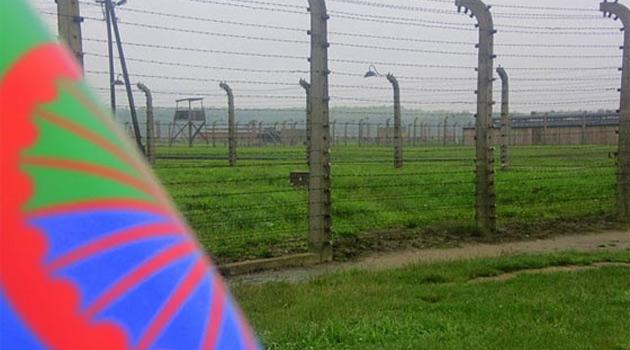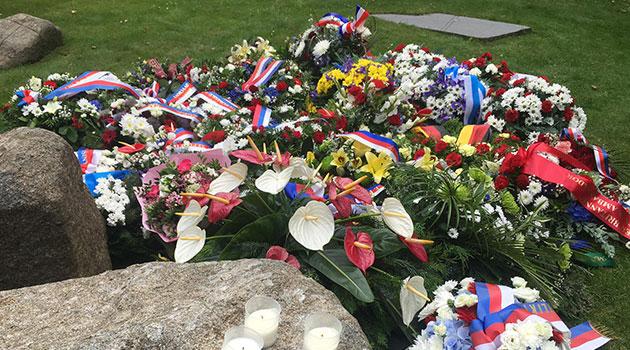2 August marks 77 years since the tragic mass murder of 4 200 Romani people at Auschwitz

Monday, 2 August marks 77 years since the tragic night of 2 August 1944 and the early morning hours of 3 August 1944 when the Nazis murdered the prisoners of what they called the “Gypsy Famliy Camp” at Auschwitz-Birkenau. According to the most recent historical research into these events, as many as 4 200 Romani people were murdered in the gas chambers of the concentration camp despite their active resistance.
Annually 2 August is therefore commemorated by Romani people all over Europe as Roma Holocaust Memorial Day. In 2011, the Polish national legislature declared 2 August the Remembrance Day of the Extermination of the Roma and Sinti.
In 2014 the European Parliament declared 2 August to be the European Roma Holocaust Memorial Day. The Nazis had attempted to annihilate the Romani prisoners in the “Gypsy Family Camp” at Auschwitz before 2 August, but were initially prevented from doing so by their resistance.
On the assumption that the uprising happened 16 May 1944, that day is usually called Romani Resistance Day, but the most recent study mentioned above says the resistance happened even earlier, at the beginning of April that year. A study published by the Auschwitz Memorial and Museum states that Romani prisoners also actively defended themselves in August 1944.
“Thanks to new research, we know today that the passive resistance by the Romani prisoners in the camp at Birkenaur happened not on 16 May, but at the beginning of April 1944. Active resistance was posed during the mass murder of all prisoners in that sector in August, when more than 4 200 Romani people were murdered,” the study says.
During the 17 months that the “Gypsy Family Camp” existed (from February 1943 to July 1944), as many as 23 000 children, men and women were imprisoned there. Approximately 21 000 Romani and Sinti prisoners, both male and female, were murdered in the camp itself.
Other Romani prisoners were murdered in concentration camps in Bełżec, Chełmno, Majdanek, Sobibór and Treblinka. Other Romani prisoners were shot dead and buried in mass graves in the forest – their numbers are difficult to estimate.
The extermination policy of Nazi Germany is estimated to have caused the deaths of as many as half a million Romani and Sinti people from all over Europe. Some estimates say the number was as high as 800 000 victims, which would have been anywhere between one-fourth to one-half of the interwar population of Roma.
